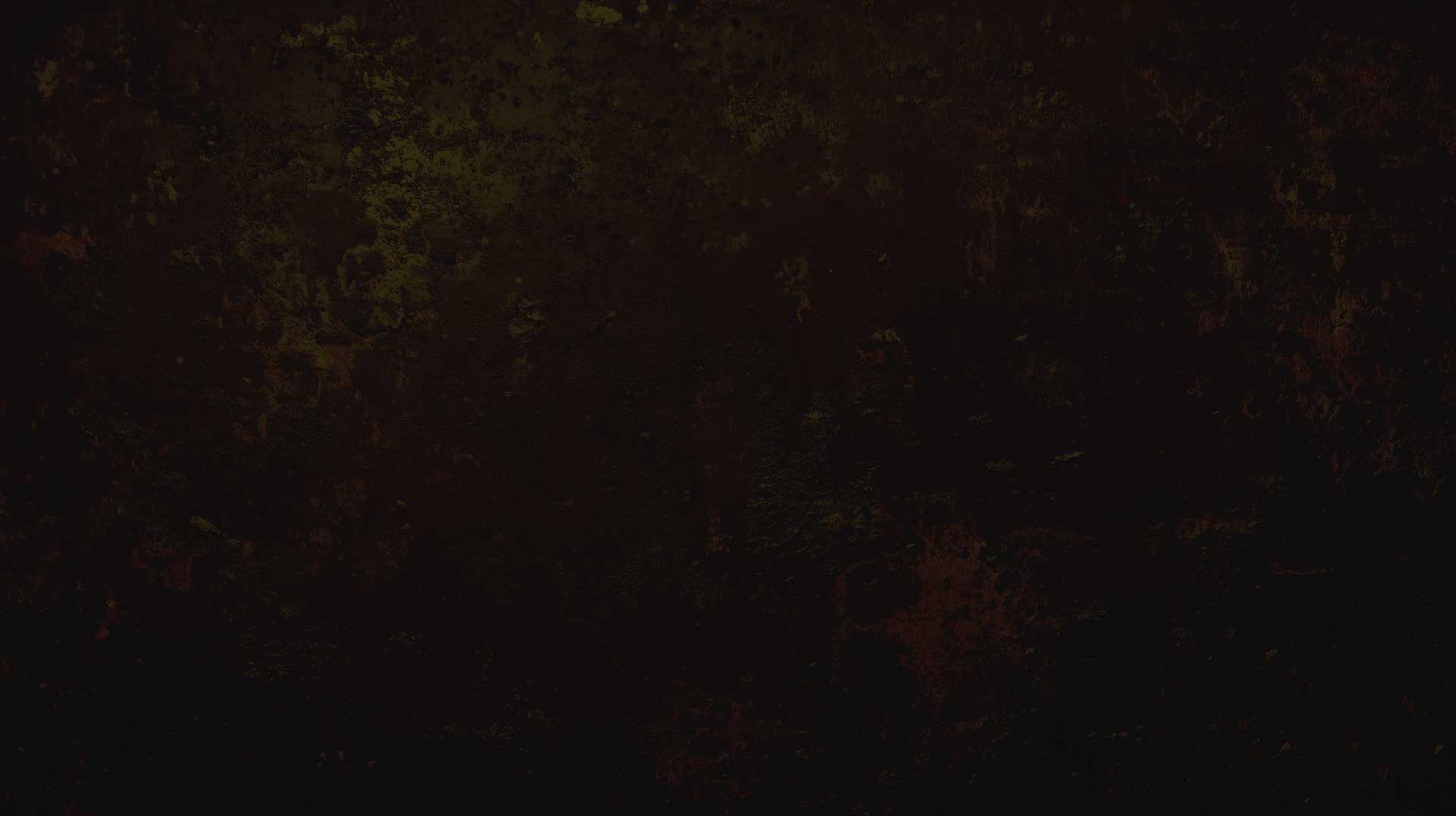Scary Rooms: Are They Worth It?
What is it that instills fear into your heart? Frequently, escape room companies make use of the idea of fear in some way...
Cross Roads Escape Games
Real Life Adventure Games in Anaheim

4245 E La Palma Ave
Anaheim, CA 92807
United States
Directions
M. Info@CrossRoadsEscapeGames.com
T. (714) 572-1004